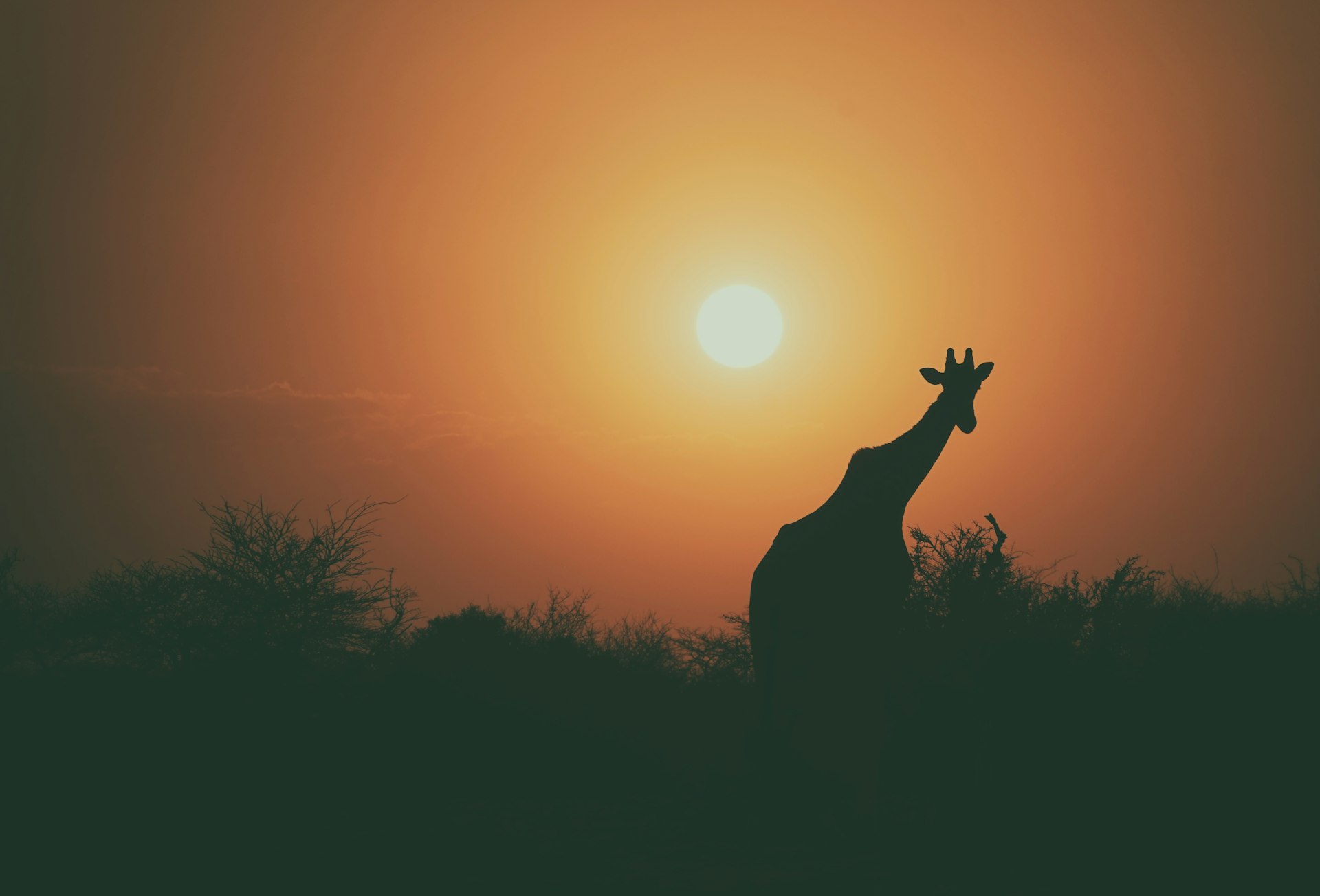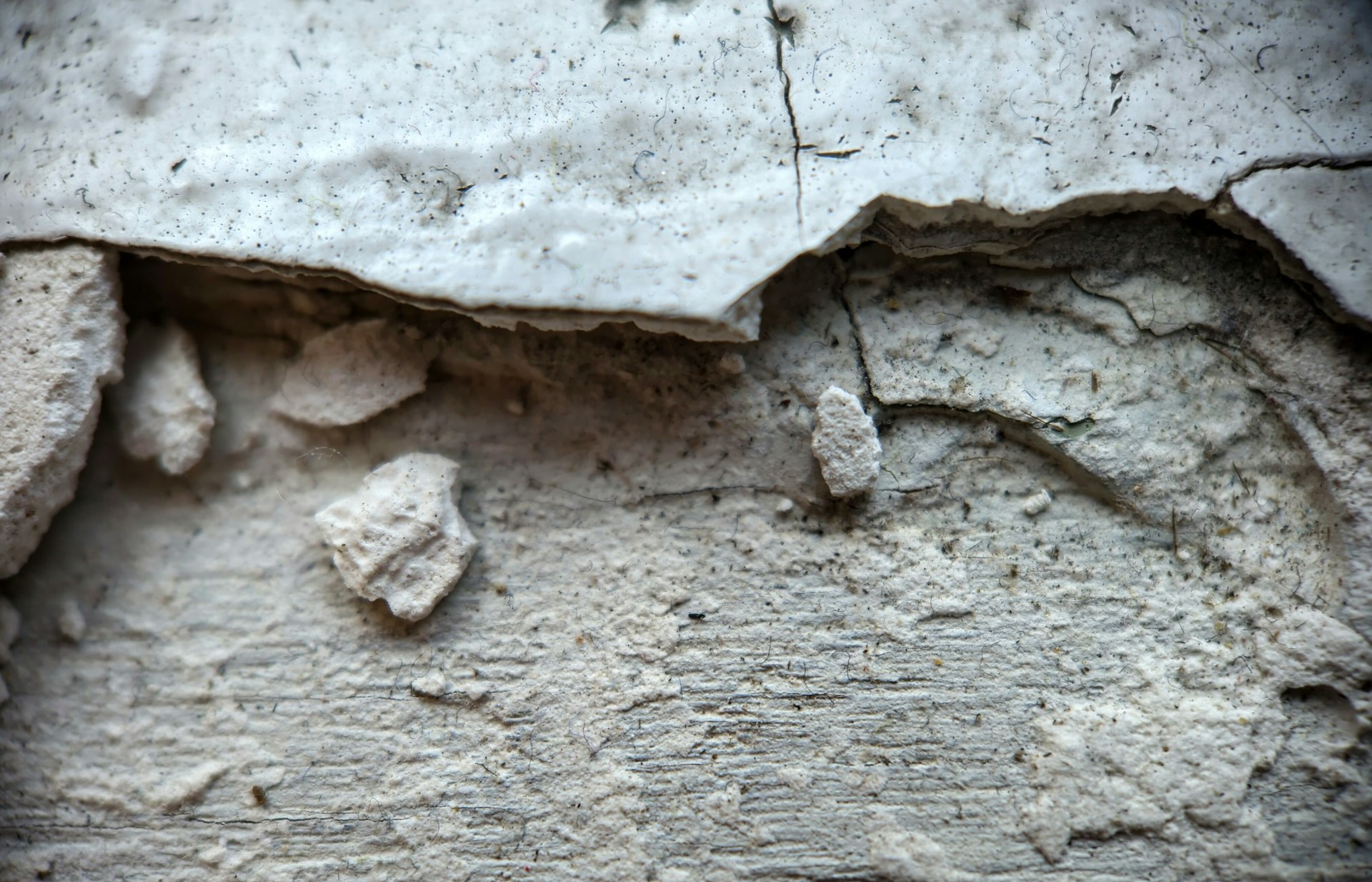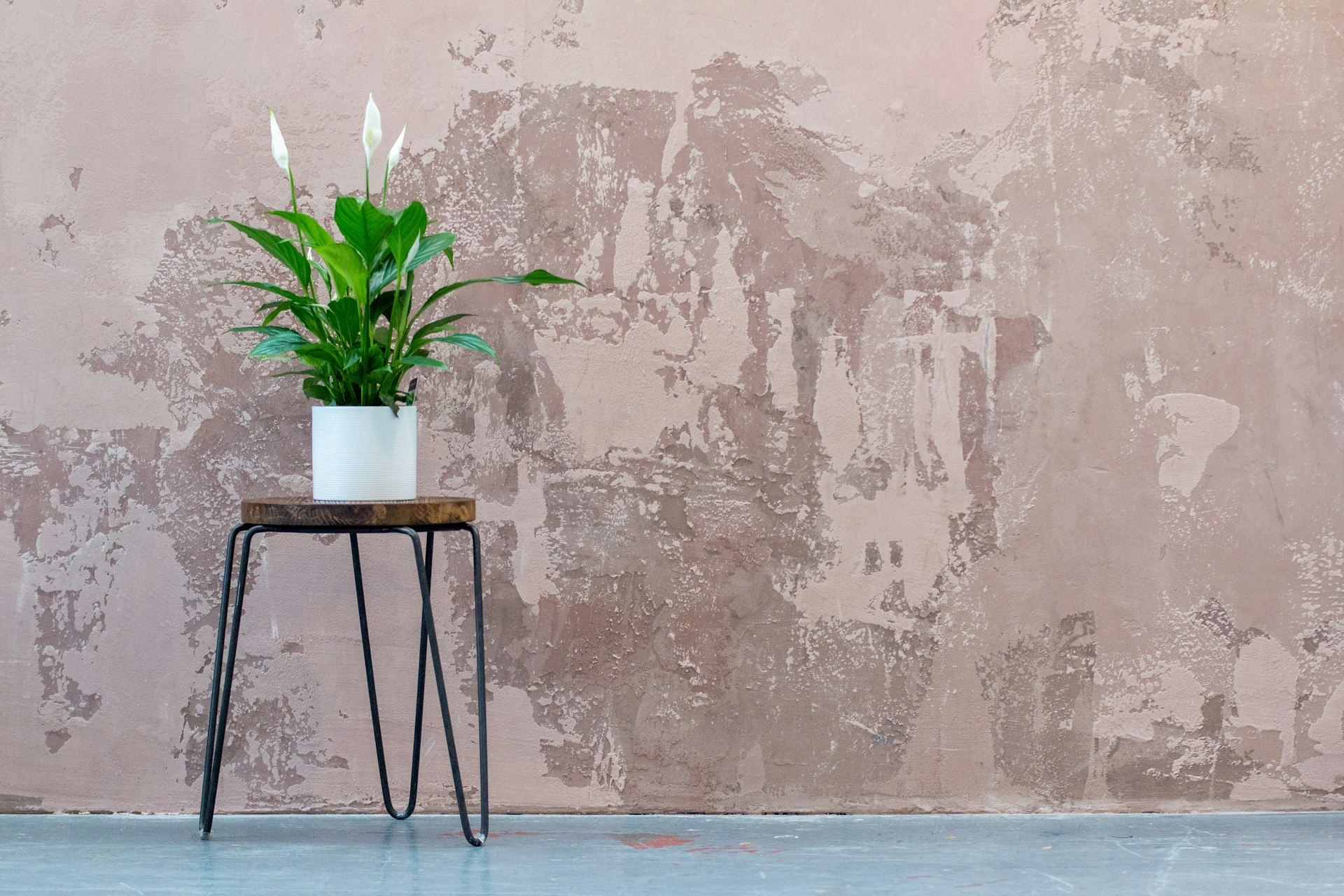In Nairobi, the vibrant capital city of Kenya, newly erected real estate projects encounter formidable waterproofing challenges arising from the region's unique climate and environmental conditions. These hurdles, including climate extremes, inadequate drainage, substrate compatibility issues, and building movements, necessitate meticulous consideration during the construction phase.
Climate Extremes and UV Exposure
Nairobi's geographical diversity, spanning from the humid coastal areas to the arid inland regions, exposes commercial roofs to a wide spectrum of weather conditions. The relentless onslaught of excessive UV radiation, intense heat, and heavy rainfall poses a continuous threat to roofing materials, emphasizing the imperative need to select resilient materials that can withstand these extremes without compromising their efficacy.

Poor Drainage and Ponding Water
Flat roofs, prevalent in many modern structures, are particularly vulnerable to poor drainage, leading to the formation of ponding water. The weight of accumulated water exerts undue stress on the roofing structure, elevating the risk of leaks and premature deterioration. Effective resolution of drainage issues is paramount for preserving the structural integrity of the roof's waterproofing system.
Substrate Compatibility and Building Movement
The compatibility of waterproofing materials with the substrate is pivotal in Nairobi's context. The region's seismic activity, coupled with building movements arising from expansion and contraction, can result in cracks and separations, rendering the waterproofing system ineffective. Ensuring compatibility becomes a critical factor in guaranteeing the longevity of the waterproofing solution.

Innovative Waterproofing Solutions
Addressing these challenges necessitates the adoption of innovative waterproofing solutions tailored to the unique Nairobi environment. Cutting-edge options such as thermoplastic polyolefin (TPO) membranes, liquid applied coatings, and green roofing systems have been introduced. TPO membranes offer a seamless and durable barrier against moisture intrusion, while liquid applied coatings can be directly applied to the substrate, forming a protective layer. Green roofing systems, adorned with vegetation and growing mediums, not only enhance the aesthetic appeal but also serve as a natural barrier against water penetration.

Best Practices for Successful Waterproofing
Achieving successful waterproofing requires adherence to best practices, including professional roof inspections, meticulous drainage design, the utilization of high-quality materials and installation procedures, and routine maintenance and inspections. These practices collectively contribute to the robustness and longevity of the waterproofing system.
Effectively navigating the challenges associated with waterproofing flat commercial roofs in Nairobi demands a strategic and comprehensive approach. By acknowledging and addressing issues related to climate extremes, poor drainage, substrate compatibility, and building movement, businesses can safeguard their investments. Embracing innovative solutions and incorporating best practices ensures the longevity and resilience of commercial roofs in the dynamic urban landscape of Nairobi.
Reach us for site inspection on 0700288388